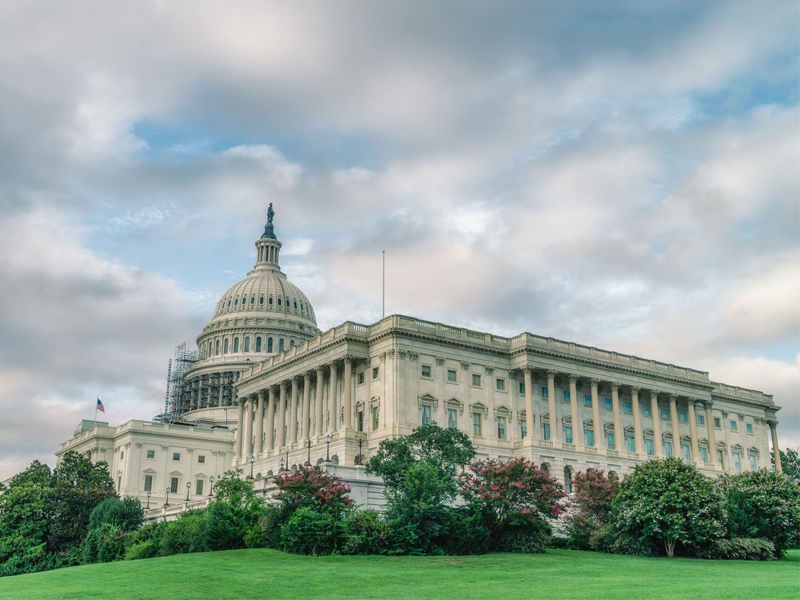
Most of us thought Donald Trump was destroying his brand during the recent U.S. presidential election — and most of us were wrong. We believed that with every outlandish statement, act and previous act uncovered, his supporters would flee. They most categorically did not, and now Trump is the exceedingly proud owner of the most valuable personal brand on the planet.
How did he do it, and what can financial advisors learn from it and apply to their businesses? There are two key lessons, both especially crucial in the face of the second phase of the client relationship model reforms coming into effect, as fee disclosure rules will force many advisors to campaign for a vote of confidence from their clients.
First and foremost, Trump was extremely bold in capitalizing upon the most fundamental principle of branding: be different. If you’re not different, you’re the same, so why should anyone do business with you instead of someone else? Trump had the nerve to ignore the overwhelming conviction in the mainstream media that he needed to water down his approach in order to broaden his base sufficiently to win.
But the common wisdom was dead wrong. Trump not only held onto his base of white men, he won millions of votes from unexpected cohorts including women, African Americans and Latinos. What this demonstrates is that you should never try to appeal to everyone; rather, focus powerfully on your core clients and you will inevitably win some members of other cohorts.
So, think deeply about what makes you different. Then, because the degrees of difference between one advisor and the next can be slight, express it in language that’s in fact unique. Seek feedback from your colleagues and from key clients. Then, roll it out on your LinkedIn page, website, and most critically, in face-to-face interactions.
The importance of brand experience is the second vital branding lesson that advisors should take from Trump’s triumph, which demonstrates that the objective of branding is to resonate deeply only with the people who already “get” you and who already share your beliefs.
These are the clients with whom you will make the strongest emotional connection and whose attention you can move away from price and on to value because there’s great value in the way you make them feel — in other words, in the brand experience you create for them. In fact, “The Donald” has created a brand experience for his followers that is so visceral, they’re willing to set logic and self-interest aside in many instances.
Think, for example, about the financial risks they’re apparently willing to take. In a nutshell, it’s impossible to predict what impact President Trump will have on their pocketbooks. Flip-flopping is a defining feature of his brand, as is his penchant for lashing out without regard for the consequences. It’s reasonable to believe that many Trump voters own stock in Boeing Co.; what do they think of the critical tweet from the president-elect that nuked $1-billion in shareholder value this past December, not to mention the impact of tweets targeting Ford Motor Co. and Toyota Motor Corp.? Which investments in the portfolios of Trump supporters are next to be targeted, and what will the damage be? Will they bounce back like Boeing quickly did? These are utter unknowns.
And these unknowns are utterly irrelevant because Trump’s anger and unpredictability makes his supporters feel good, the financial costs be damned. To them, the brand experience — the way they live vicariously through his anger — is more than worth it.
Here’s the challenge for you: most advisors I meet believe they deliver a great client experience — and this is very unlikely to be empirically accurate. And, if you ask your clients how they feel, they may not tell you honestly. So, engage a third party to find out what they really think. Then, map out every aspect of your clients’ experience and devote yourself to making it better at every turn.
Finally, let’s be clear: I’m not suggesting for a moment that you adopt a brand position or deliver an experience with anything like the tone of Trump’s. What I’m suggesting is that bold use of branding fundamentals can bond you to your current and prospective clients in a way that, much like Trump’s victory, once seemed impossible.